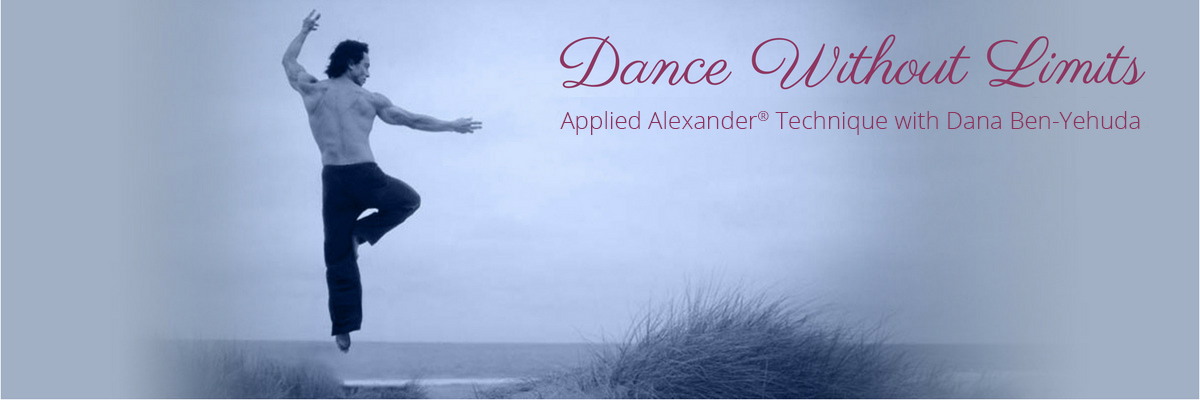Chronic Pain: Breaking the Cycle
A very dear friend recently brought my attention to an article about chronic pain, and a possible connection with the Alexander Technique.
Here’s the article:
Chronic Pain Harms Brain’s Wiring Friday, Feb. 8, 2008 (HealthDay News)
The article discusses a study published in The Journal of Neuroscience, February 6, 2008 issue. The idea is that being in chronic pain causes the neurons in your brain to fire continuously, and that in turn could cause permanent changes that are damaging to your brain. The researchers’ theory is that chronic pain causes changes in the brain. Those changes could be the connection between pain, depression and other difficulties.
Pain can be increased dramatically by our own response to it. The biological pain level can be multiplied by a factor of ten due to our own reaction, fear and tightening up. Most of us tighten up in response to pain, but that can make pain ten times worse. Therefore, by learning to loosen up we may reduce or eliminate the effect of the multiple.
If the study is basically correct and chronic pain harms the brain’s wiring, then techniques that interrupt the chronic pain cycle may help your brain as well as unhooking you from the pain cycle.

The Alexander Technique is one of the many ways in which people learn to reduce their level of pain. If it helps you learn not to tighten as a reaction to pain, then you might be able to reduce your pain level by as much as 90%. It may also prevent the disruption of brain function described in this article. One of my students wrote about how the Technique helped with his chronic pain:
“I think it is the stopping of thoughts and the complete relaxation of the body, letting go of everything, including the pain. I think we bottle up the pain with tension in the body, and Alexander Technique lets go of the tension.”
The core is learning to deal with our own reactions to stimuli, both internal and external.
What does that mean in practice?
Not to react.
I have what I have; don’t react to it.
This is the lesson and gift of the Alexander Technique.
If there is pain, it’s there.
Don’t react to it.
Learning not to react is the ultimate. As a human being, oftentimes I’m still stuck with the more primitive version. That is, I may notice that I have already reacted to something. When that happens, I’ve learned how to stop and allow that reaction to undo. As I give my Alexander directions, any pain or tension melts away and I feel lighter and freer.
Maybe you’re reading this because you are in pain, or maybe you know someone who is. Whether it is for yourself or for someone you love, the Alexander Technique is a very good way to help people who are in pain to feel better.
